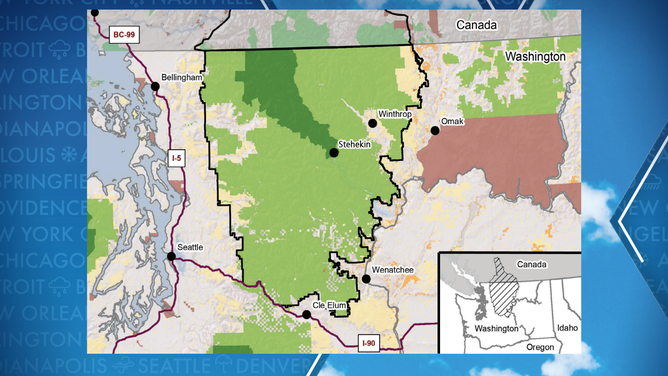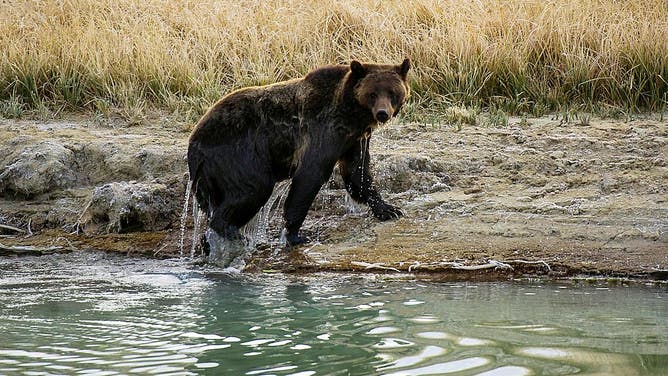Agencies evaluate options to restore grizzly bears to North Cascades after population vanishes
The North American grizzly bear can be found in Idaho, Montana, Washington, Wyoming, Alaska and Canada. Estimates put the population north of 50,000.
Grizzly bear population recovery plan
Grizzly bears could be reintroduced into the North Cascades to end decades of a population decline.
One of the largest land mammals in North America has disappeared from the North Cascades, leading specialists to examine whether there is anything that can be done to restore the population of native grizzly bears.
The National Park Service believes interactions with humans since the 19th century caused the population to decline dramatically, but it has not naturally recuperated despite protections for the threatened species.
The grizzly bear was first listed as a threatened species in 1975 after its reported population dropped from around 50,000 to less than 1,000.
Multiple agencies recently announced they are participating in an Environmental Impact Statement (EIS) process to evaluate how to restore and manage grizzly bears in the North Cascades to stem the tide.
"This is a first step toward bringing balance back to the ecosystem and restoring a piece of the Pacific Northwest’s natural and cultural heritage," Superintendent Don Striker of North Cascades National Park said in a statement. "With the public’s help, we will evaluate a list of options to determine the best path forward."

North Cascades in Washington state.
(National Park Service / FOX Weather)
DUNGENESS CRAB DIE-OFF UNDERWAY ALONG US WEST COAST
The most recent confirmed sighting of a grizzly bear in the region was in 1996, but under the watchful eye of biologists, the NPS said through strict management and a catch-and-release program, 200 bears could roam the mountain range.
Around 97% of the North Cascades ecosystem is made up of public land, which stretches from north-central Washington to south-central British Columbia in Canada.
Multiple studies and evaluations since the 1990s have shown that the vast wilderness remains a suitable habitat for the mammal and directly tied the animal’s decline to human killings.
Biologists warn that the omnivores could result in some impacts both to humans and other competitive species in the state. It is expected that some black bears could be displaced or even killed by the much larger grizzly bears. Also, nearby livestock could occasionally be attacked if the bears wander away from their protection zones.

A female grizzly bear exits Pelican Creek October 8, 2012 in the Yellowstone National Park in Wyoming.Yellowstone National Park is America's first national park. It was established in 1872. Yellowstone extends through Wyoming, Montana, and Idaho. The park's name is derived from the Yellowstone River, which runs through the park.
(KAREN BLEIER/AFP/GettyImages)
RISE IN BEAR SIGHTINGS AS ‘FALL SHUFFLE’ GETS UNDERWAY
Experts caution any population recovery would likely take several decades if reintroduction is successful.
"Even if a small number of bears were moved into the ecosystem it would take many decades for a population to grow, and in all likelihood people would see these bears only rarely during the first 10 to 20 years," the NPS stated.
Public meetings will be held through the rest of the year to update the status of the plan and to address potential local impacts.
Find more information on meetings at: https://parkplanning.nps.gov/NCEGrizzly.
